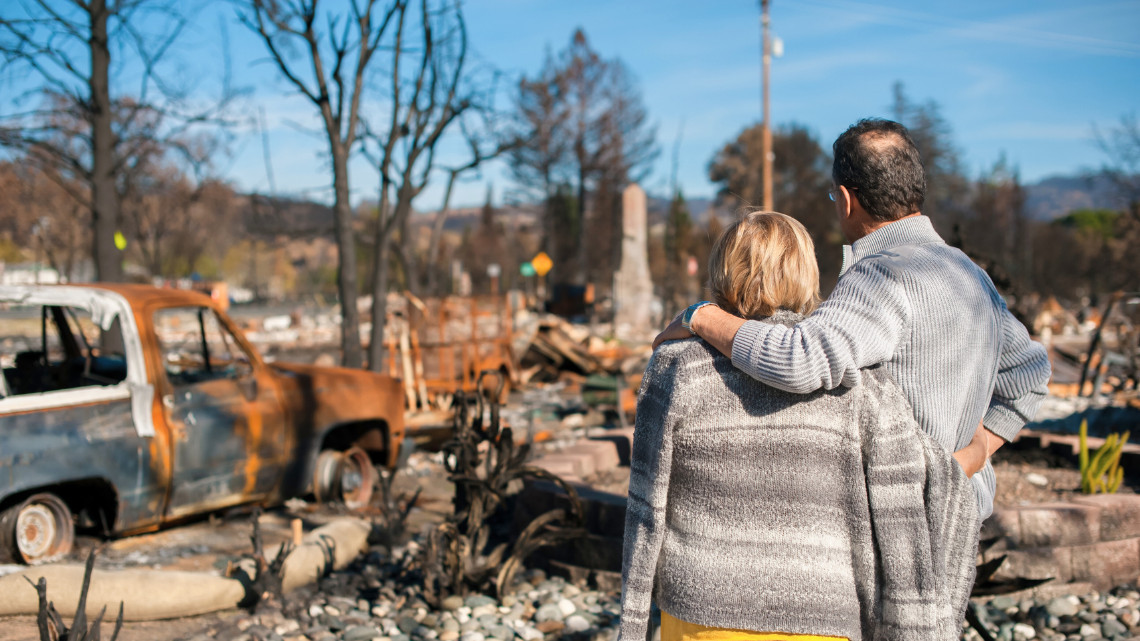
Natural disasters cause significant disruption to both businesses and employees. As hurricanes, wildfires, floods, and other catastrophes become more frequent, it’s crucial for employers to have a Natural Disaster Leave Policy in place. Such a policy helps organizations navigate the challenges of managing employee leave while ensuring legal compliance and supporting their workforce. Key components include:
1. Emergency Leave Provisions
During a natural disaster, it’s essential to outline the types of leave employees are entitled to. This includes Paid Time Off (PTO), Family and Medical Leave Act (FMLA), Uniformed Services Employment and Reemployment Rights Act (USERRA), or any additional leave the company offers. PTO allows employees to manage personal needs like property damage, insurance claims, and recovery without financial strain. FMLA, on the other hand, provides job-protected, unpaid leave for serious health conditions or family caregiving during or after the event. Uniformed Services Employment and Reemployment Rights Act (USERRA) requires employers to grant leave to military personnel, including National Guard members, called to service during natural disasters. These employees are protected from job loss or discrimination during their service. Employers should understand their obligations under USERRA to ensure compliance during disaster response periods.
2. Flexible Work Arrangements
In some cases, employees may be affected by a disaster but are still able to work remotely or adjust their hours. Offering flexible work arrangements can be crucial in maintaining productivity and supporting employees.
3. Employee Safety Protocols
Employee safety should always be a top priority. A clear policy that complies with Occupational Safety and Health Administration (OSHA) standards is essential. Employers must define safety protocols, including office closures, evacuations, and guidelines for staying home if working conditions are unsafe.
4. Communication Protocols
Effective communication is key during any disaster. Employers should have an established communication protocol that outlines how employees will be informed of emergency contact methods, office closures, operational updates, and multiple check-in procedures to account for all employees.
5. Pay and Benefits Continuation
A well-drafted policy should clarify how pay and benefits will be handled if the business must close temporarily or if a remote employee does not have power or internet. For exempt employees, the Fair Labor Standards Act (FLSA) ensures they continue to receive full pay unless the closure exceeds a week. For non-exempt employees, payment is based on hours worked. Employers should also clarify how benefits, like health insurance, will continue during extended absences.
6. Job Protection Guarantees
Natural disasters often create personal emergencies for employees, requiring time off. Incorporating job protection guarantees, such as those provided by FMLA, reassures employees that they won’t lose their jobs if they need time off to manage family or personal crises related to the disaster.
7. Disaster Assistance Resources
Lastly, employers should provide information about resources available to employees, such as Employee Assistance Programs (EAPs), which can offer counseling and support. Employers may also provide emergency financial assistance or direct employees to relevant relief programs.
A comprehensive Natural Disaster Leave Policy is critical for ensuring business continuity and employee well-being during times of crisis. If you have any questions regarding this contact lolejniczak@aseonline.org.
By Linda Olejniczak, courtesy of SBAM-approved partner, ASE.
Click here for more News & Resources.